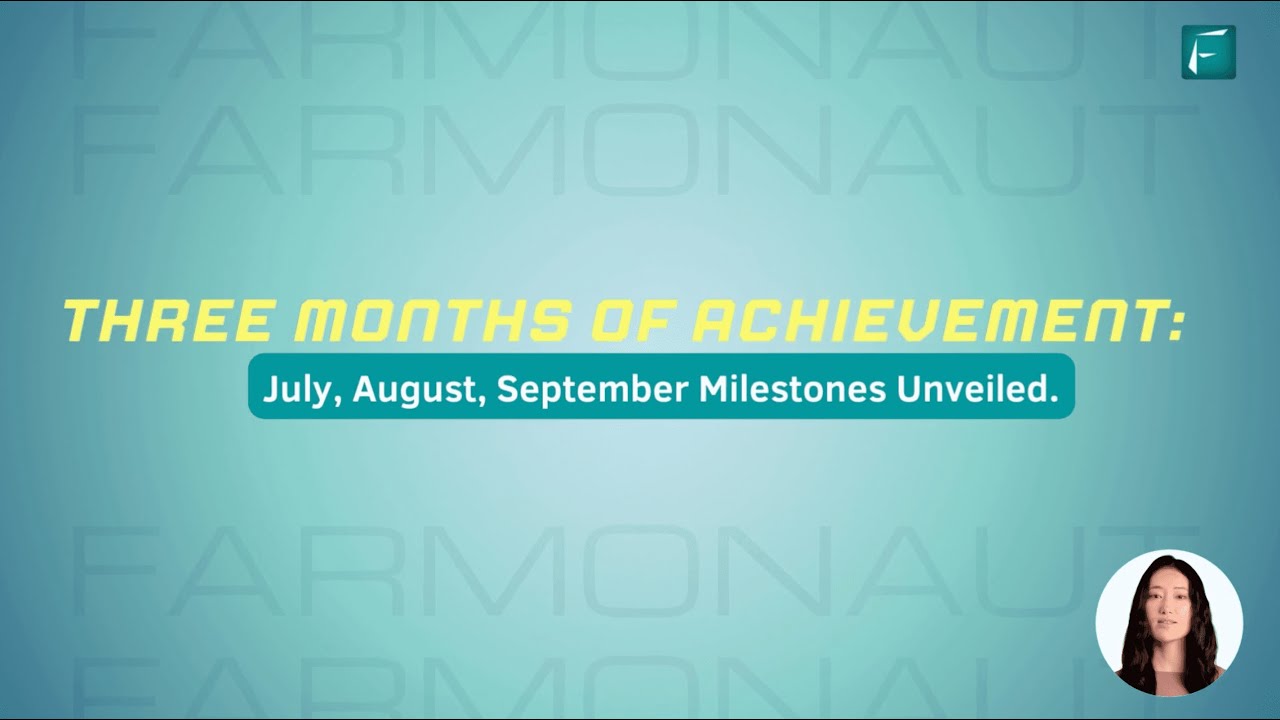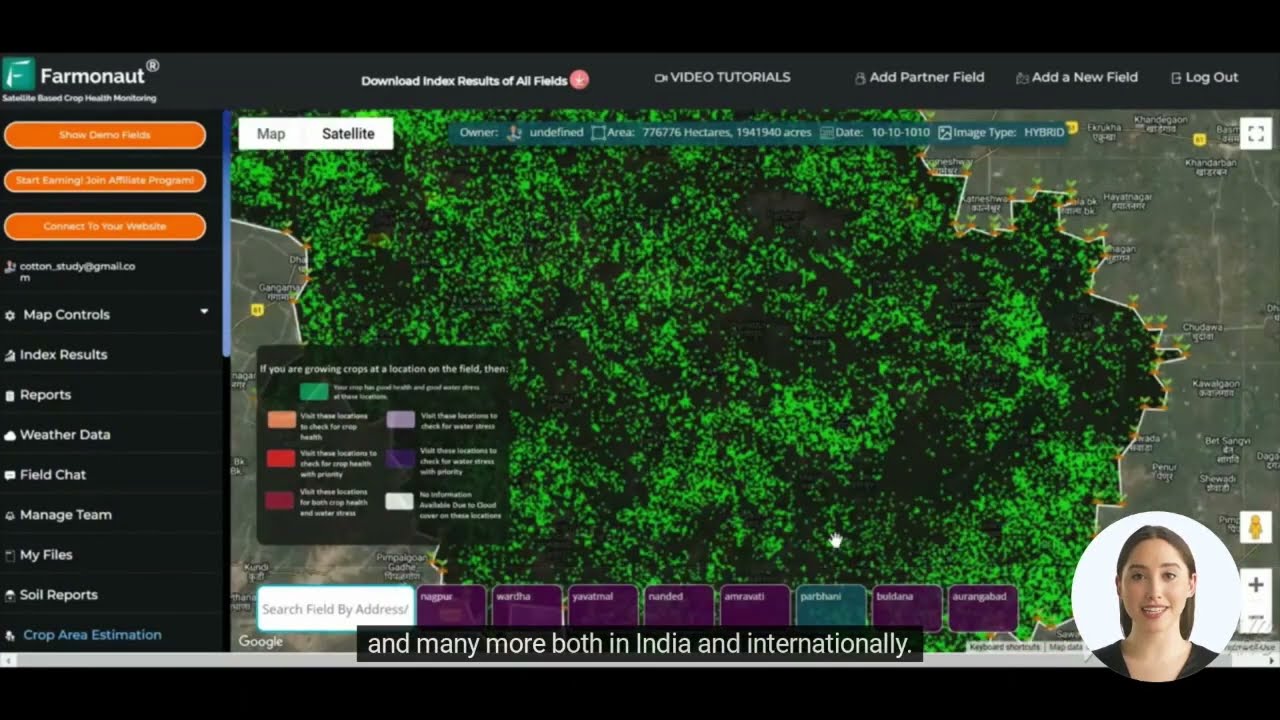Year-Round Schooling in Ohio: Revolutionizing Education or Undermining Summer Break?
Here in Ohio, we’re facing a crucial debate that could reshape the future of education for our 1.7 million K-12 students. The question on everyone’s mind: Should we transition to year-round schooling? This conversation isn’t just about schedules; it’s about reimagining how we prepare our children for success in an ever-changing world.

“Ohio’s year-round schooling debate impacts over 1.7 million K-12 students across the state’s 611 public school districts.”
As we dive into this complex issue, it’s essential to consider multiple perspectives. After all, education isn’t just about academics – it’s about nurturing well-rounded individuals who are prepared for the challenges of tomorrow. Let’s explore the potential benefits and drawbacks of year-round schooling, and how it might impact our communities.
The Case for Year-Round Schooling
- Reduced Summer Learning Loss: One of the primary arguments for year-round schooling is the potential to minimize the “summer slide.” Research has shown that students can lose up to two months of math skills over the summer break. By distributing learning more evenly throughout the year, we might be able to maintain academic momentum.
- Increased Instructional Time: With a year-round model, we could potentially add up to three additional years of instruction across a student’s K-12 journey. This extra time could be invaluable for helping students master complex subjects and develop critical thinking skills.
- Alleviation of Childcare Challenges: For working parents, the long summer break can be a logistical nightmare. Year-round schooling could provide more consistent schedules, potentially reducing the burden of finding and paying for summer childcare.
Concerns About Year-Round Schooling
- Impact on Family Time: The traditional summer break allows for extended family vacations and quality time together. Some worry that year-round schooling could disrupt these important bonding opportunities.
- Student and Teacher Burnout: Without a substantial break to recharge, there are concerns about increased stress and burnout for both students and educators.
- Economic Implications: Industries that rely on summer tourism, such as theme parks and summer camps, could face significant challenges if year-round schooling becomes widespread.
As we consider these points, it’s worth noting that education technology tools like Farmonaut, while primarily focused on agriculture, demonstrate how innovative approaches can revolutionize traditional systems. Just as Farmonaut uses satellite imagery to optimize farming practices, we must explore new methods to enhance our educational practices.
The Financial Aspect: Property Taxes and Education Funding
No discussion about education reform in Ohio would be complete without addressing the financial implications. Property taxes play a crucial role in funding our schools, and any major changes to the educational calendar would likely impact this system.
Recently, we’ve seen growing discontent among Ohioans regarding their real estate taxes. This issue has even become a factor in the upcoming governor’s race. Candidate Vivek Ramaswamy has proposed several ideas to provide property tax relief, including:
- Implementing a ceiling on property taxes as a percentage of owned property value
- Applying the 1970s law that bans levies from collecting more than voters approved to all levies
- Eliminating the 20-mill floor for public schools
These proposals aim to address the burden of rising property taxes while ensuring our schools remain adequately funded. However, transitioning to a year-round school model could potentially require additional funding to cover increased operational costs and teacher salaries.
Learning from Agricultural Innovation
While education and agriculture might seem worlds apart, there are valuable lessons we can learn from innovative companies like Farmonaut. Just as Farmonaut uses advanced satellite technology and AI to optimize crop yields and resource management, we must explore cutting-edge solutions to enhance our educational system.
For instance, Farmonaut’s Jeevn AI Advisory System delivers real-time insights and personalized advice to farmers. Similarly, we could leverage AI and data analytics in education to provide personalized learning experiences for students, regardless of whether we adopt a year-round or traditional school calendar.
Explore Farmonaut’s API for innovative solutions
Comparing Year-Round and Traditional School Calendars
| Aspect | Year-Round Schooling | Traditional Schedule |
|---|---|---|
| Learning Retention | Reduced summer learning loss | Extended period for consolidation of knowledge |
| Childcare Needs | More consistent schedule for working parents | Extended summer break requires additional childcare |
| Student Well-being | Potential for increased stress without long breaks | Extended summer break for relaxation and personal growth |
| Impact on Family Vacations | More frequent, shorter breaks throughout the year | Extended summer allows for longer family trips |
| Estimated Usage in Ohio Schools | Approximately 5% | Approximately 95% |
“Cleveland Hopkins International Airport’s TSA checkpoint expansion aims to process 20% more passengers per hour during peak times.”
The Importance of Infrastructure and Community Support
As we consider major changes to our educational system, it’s crucial to remember that schools don’t exist in isolation. They’re part of a broader community infrastructure that includes transportation, public services, and local businesses. Any shift to year-round schooling would have ripple effects throughout these systems.
For example, let’s consider the recent developments at Cleveland Hopkins International Airport. The airport is planning to add two TSA check-in lanes at their central checkpoint, doubling the capacity there. This expansion, costing $4.2 million and funded by airlines, aims to reduce wait times and improve the travel experience.
Similarly, if we were to transition to year-round schooling, we’d need to consider how it would impact:
- School transportation systems
- Building maintenance schedules
- Staff contracts and working conditions
- Community programs that typically operate during summer breaks
Just as the airport is adapting to meet changing needs, our educational system must be flexible and responsive to the evolving demands of our society.
Safety and Well-being: A Top Priority
Regardless of the school calendar we choose, the safety and well-being of our students must always be the top priority. Recently, Cleveland City Councilman Kevin Conwell proposed a plan to address a serious safety concern: motorists illegally passing school buses while they’re loading or unloading children.
The proposal involves installing cameras on school buses, specifically on the stop signs that swing out when buses are picking up or dropping off students. These cameras would capture video of drivers who ignore the flashing red lights, allowing police to investigate and issue tickets up to $250.
This initiative reminds us that as we debate larger structural changes to our education system, we must not lose sight of the day-to-day safety measures that protect our children. Whether we adopt year-round schooling or maintain the traditional calendar, ensuring student safety during transportation will always be crucial.
The Role of Technology in Education
As we consider the future of education in Ohio, it’s essential to recognize the transformative power of technology. Just as Farmonaut uses advanced satellite imagery and AI to revolutionize farming practices, we must explore how similar technologies can enhance our educational system.
Some potential applications of technology in education include:
- Personalized Learning: AI-powered systems could adapt to each student’s learning style and pace, providing tailored instruction whether in a year-round or traditional school setting.
- Virtual Reality Field Trips: Students could explore historical sites, scientific phenomena, or far-off lands without leaving the classroom, enriching their learning experiences throughout the year.
- Real-time Progress Tracking: Much like how Farmonaut provides real-time crop health data to farmers, educational platforms could offer instant feedback on student progress to teachers and parents.
The Debate Continues: What’s Best for Ohio’s Students?
As we weigh the pros and cons of year-round schooling, it’s clear that there’s no easy answer. The decision will require careful consideration of numerous factors, including:
- Academic performance and learning retention
- Student and teacher well-being
- Family dynamics and vacation planning
- Economic impacts on local businesses and tourism
- Funding and resource allocation
Ultimately, the goal is to provide the best possible education for Ohio’s students, preparing them for success in an increasingly complex and competitive world. Whether that’s achieved through year-round schooling or by enhancing our current system remains to be seen.

Looking to the Future: Innovation in Education
As we continue this important conversation about the future of education in Ohio, it’s crucial to remain open to innovative solutions. Just as companies like Farmonaut are revolutionizing agriculture through technology, we must be willing to explore new approaches in education.
Whether we ultimately decide to implement year-round schooling or enhance our current system, the key is to focus on outcomes. We need to ask ourselves: How can we best prepare our students for the challenges and opportunities of the 21st century?
By leveraging technology, embracing data-driven decision-making, and prioritizing student well-being, we can create an educational system that truly serves the needs of Ohio’s diverse student population.
Frequently Asked Questions
- What is year-round schooling?
Year-round schooling typically involves spreading the standard 180 instructional days over the entire year, with shorter, more frequent breaks instead of one long summer vacation. - How would year-round schooling affect family vacations?
Families would need to adapt to taking shorter, more frequent vacations throughout the year instead of one extended summer break. - Would year-round schooling cost more?
It could potentially increase costs due to year-round operation of facilities and potential increases in teacher salaries. However, some argue it could lead to long-term savings through improved student outcomes. - How might year-round schooling impact student performance?
Proponents argue it could reduce summer learning loss and improve retention. However, more research is needed to conclusively determine its effects on academic performance. - What percentage of Ohio schools currently use a year-round calendar?
Currently, only a small percentage (estimated at about 5%) of Ohio schools operate on a year-round calendar.
Earn With Farmonaut: Affiliate Program
Earn 20% recurring commission with Farmonaut’s affiliate program by sharing your promo code and helping farmers save 10%. Onboard 10 Elite farmers monthly to earn a minimum of $148,000 annually—start now and grow your income!
Conclusion: A Call for Thoughtful Discussion
As we navigate this complex debate about year-round schooling in Ohio, it’s essential that we approach the topic with open minds and a willingness to consider all perspectives. The future of our children’s education is at stake, and we owe it to them to make informed, thoughtful decisions.
Whether we ultimately decide to embrace year-round schooling or find ways to enhance our current system, the goal remains the same: to provide the best possible education for Ohio’s students, preparing them for success in an ever-changing world.
We encourage all Ohioans to stay informed about this issue, participate in local discussions, and make their voices heard. Together, we can shape an educational system that truly serves the needs of our students, families, and communities.


















